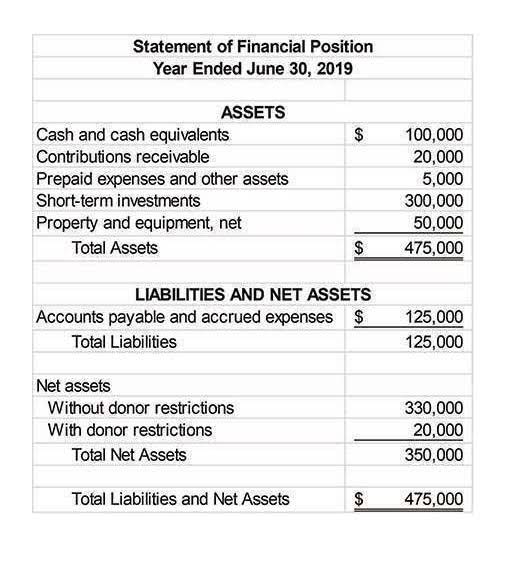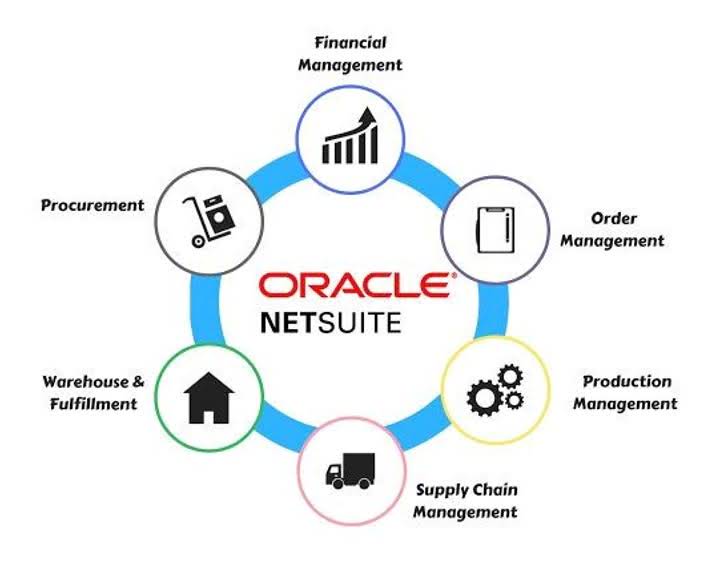This all-in-one gateway takes online payments directly from your website or mobile app. You can also send links by email or text and take recurring subscription payments. Whether you’re launching a website or have an established retail presence, Square makes accepting and processing payments easy. You only need to set up an account and purchase a virtual terminal or card reader to use online or in-store.
However, Helcim offers very limited back-office integration and charges extra for Amex transactions. The setup is fast, but the actual merchant application can take some time to approve. It also doesn’t hurt that merchants are guaranteed a seamless migration process once your business is ready to upgrade. Based on my restaurant credit card processing criteria, CDGcommerce earned 4.43 out of 5 (this provider doesn’t have user reviews on G2 or Capterra that I could find). As you can see, small businesses have a ton of options for ecommerce platforms. Your choices have only proliferated over time, and the platforms have gotten measurably better to top it off.
- Originally designed for mobile point-of-sale (mPOS) systems, Zettle has expanded to offer both in-person and online payment solutions.
- The best affordable accounting software for small businesses offers tiered pricing with entry-level plans that include core bookkeeping features for recording income, expenses, sales, and purchases.
- With CDGcommerce, your pricing plan will depend on your sales volume and whether or not your business is considered high-risk.
- Each payment gateway offers its own strengths, whether it’s low fees for high-volume transactions, subscription management for recurring payments, or fraud protection for ecommerce businesses.
- If you’re already using QuickBooks for your business accounting, QuickBooks Payments can be an excellent payment processing solution for small businesses.
Helcim joins my list of highly versatile restaurant credit card processors with a score of 3.9 out of 5. It earned extra points for POS and payment features because it comes with both proprietary and multiple POS software integrations. Plus, it’s got built-in SEO to boost your visibility, marketing tools to drive traffic, and seamless inventory management and shipping options to keep operations running like a dream.
- For a separate number for each person, a main office number, and free calls and texts to Canada and the US, you’ll pay $91.50 to $93 per month, plus a one-time fee of $19 for US carrier registration.
- If you want small business accounting software for handling taxes, look for solutions that provide IRS tax forms and tax-specific reports.
- You don’t have to download Cash App if you have all the above-listed apps, but you may find it useful if you’ve noticed clients asking to pay you on the platform.
- You can offer credit cards, debit cards, eCheck, or ACH payments both online and in-person, making payments convenient for clients.
- Let’s explore the payment options and payment processing tools that may fit your company.
They’re what is the best online payment system for a small business built to be simple, affordable, and scalable, so even if your tech skills stop at resetting your Wi-Fi, you can still run a killer online store. Think of it as your all-in-one storefront, manager, and IT department—without the HR headaches. It’s designed to make setting up and running an online store as painless as possible. An ecommerce platform is the secret weapon for small businesses looking to sell online without getting tangled in tech jargon.
How To Choose A Payment Gateway Provider
The company’s small business services include invoicing, complete POS systems, financial services and business management tools. A single-vendor solution allows small businesses to operate more efficiently and expand seamlessly. One of the biggest names in online payments offers online and brick-and-mortar retailers plenty of payment processing options, although its prices are higher than many competing providers. After evaluating over a dozen payment processors, CDGcommerce emerged as the top restaurant payment processing service for its flexible payment plans and wealth of compatible POS systems.
However, you can expect to have to pay them if you integrate a third-party gateway into your account instead of using the one offered by your merchant services provider. When you’re running a small business, having a reliable and efficient payment system is crucial to ensure smooth transactions, satisfied customers, and ultimately, business growth. However, choosing the right payment processor can be a daunting task with so many options out there. In this guide, we’ll break down the best payment processing companies for small businesses, compare their features, and help you decide which one fits your needs the best. Remember that Square is a payment service provider and does not provide individual merchant accounts to businesses.
Financial reports and advanced reporting tools
It provides payment options for small businesses such as credit cards and short-term payments so they can better manage their cash flow. With Plastiq Pay, you can get financing without strings and repay on your terms. Their pricing is transparent, but there are more fees, including a 3% credit card charge for payment requests and potential fees based on the marketplace or network you’re working with. ¹¹ Withdrawals to bank accounts of other currencies and general payments will also incur up to 2% of the transaction amount. There’s also a fixed fee of $1.5 to send money in the same currency (USD). A payment gateway for your small business is a necessary service if you want to accept online payments securely.
When To Use Stripe
On the other hand, many Stax users compliment the service’s ease of use and report excellent support from the company’s staff. However, these positive comments are overshadowed by rampant dissatisfaction with service’s reliability and lack of transparent billing. With all the new payment technology available, like zero-cost and digital wallets, pricing is now focused more on the best value for money. I looked for processors that offer locked-in rates, transparent pricing, volume discounts, and no or low chargeback fees. Each platform offers user-friendly tools and integrated payment processing, enabling newcomers to launch their online stores with confidence. The best choice depends on your specific needs, budget, and long-term goals.
It’s especially appealing for retailers, e-commerce platforms, and service providers who want to offer a seamless, contactless checkout experience. Online payment methods can help you gain more customers, cut expensive costs, and simplify accounting processes. But it’s smart to compare the best online payment methods for small businesses to find the right solution for your needs. In a world where online payments are increasingly becoming the norm, GoCardless offers a simpler, more cost-effective alternative to card payments.
Best Online Payment Methods for Businesses
Each staff reviewer at Merchant Maverick is a subject matter expert with experience researching, testing, and evaluating small business software and services. The rating of this company or service is based on the author’s expert opinion and analysis of the product, and assessed and seconded by another subject matter expert on staff before publication. For a monthly fee, SaaS store builders — the most common type of online store builder — offer web hosting and storage, SSL certificates, and other tools to build and maintain an eCommerce website. You don’t necessarily need your own eCommerce website to take card payments online — options like online invoicing and social media selling are available to smaller merchants. The company does not disclose any pricing information or contract terms online; Durango works with numerous back-end processors, so these factors will be highly variable and subject to negotiation.
With a Wise account, you’ll get unique account details for 9 global currencies, including USD, GBP, EUR, CAD, AUD, and more. This way, your clients can pay you just like they pay a local, and there’s no need for costly fees on your end to receive your hard-earned funds. That said, we recommend using a more sustainable processing method if you are receiving more than $10,000 a month, as you may be able to save money on fees. The investment in appropriate accounts payable software creates both efficiency improvements and fewer headaches while enhancing financial oversight. NetSuite accounts payable software automates invoice review and payment approvals. This software enables companies to handle vendor information properly while monitoring all purchase orders and invoice documents for improved accuracy.
As for Payment Nerds’ feature set, it is quite expansive, with support for most business types, ranging from fledgling retail startups, to high-volume multichannel enterprises with global sales. Venmo doesn’t have many other bells and whistles to speak of, but its popularity makes it a must-have app for any business owner looking to take mobile payments. The journal entry for Accounts Payable involves recognizing a liability when a company receives goods or services on credit and recording the eventual payment to settle the liability.
The best credit card processing for restaurants will vary depending on your company’s size and business model. In general, the best payment processor for your restaurant is versatile, compatible with multiple popular POS systems, offers chargeback protection, and offers competitive rates. I evaluated 17 providers to give you six of the best restaurant credit card processing companies. If you’re looking for online payment processing for small businesses, PayPal is one of the most recognized payment processors worldwide. It’s an excellent choice if you run an e-commerce business or need to accept online payments.













